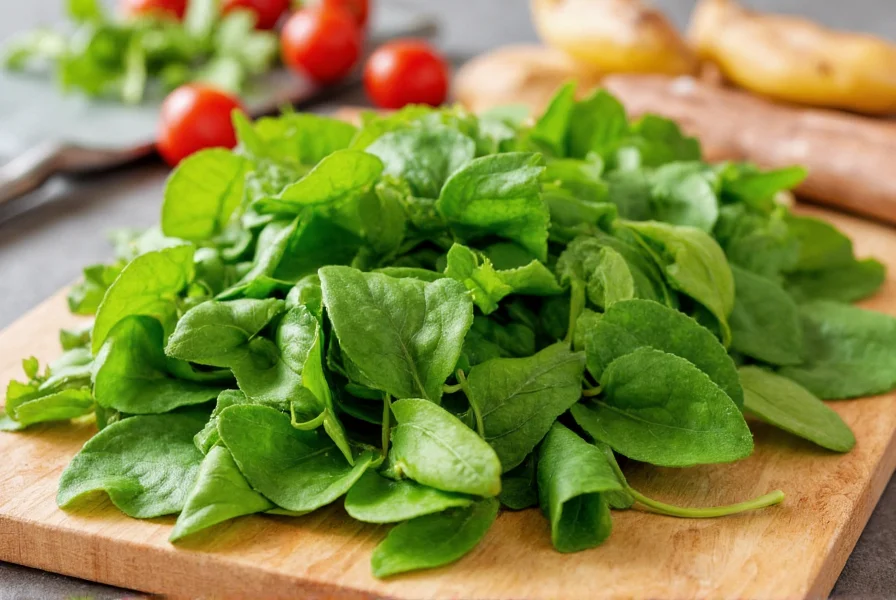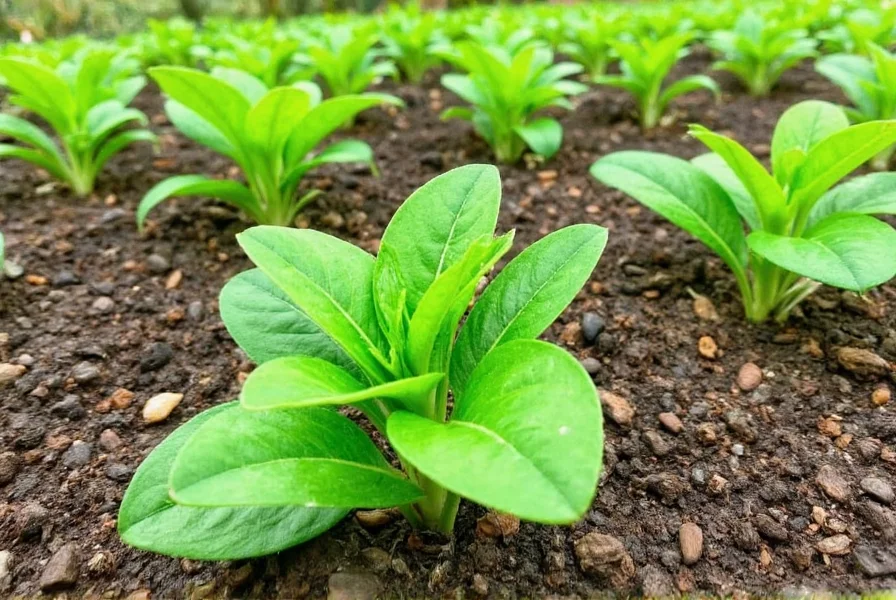Understanding what pietruszka means opens a window into European culinary traditions and botanical knowledge. This versatile herb appears in nearly every Polish kitchen and plays a critical role in traditional dishes, from hearty soups to delicate sauces. While many English speakers simply call it "parsley," recognizing the term pietruszka connects you to centuries of culinary heritage across Central and Eastern Europe.
Botanical Background of Pietruszka
Pietruszka (Petroselinum crispum) grows as a biennial plant, completing its life cycle over two years. During its first year, it develops a rosette of bright green leaves and a taproot. In the second year, it produces flowering stalks with small yellowish-green flowers arranged in umbels.
Three primary varieties exist:
| Variety | Characteristics | Common Uses |
|---|---|---|
| Curly leaf | Finely curled, dark green leaves | Garnishes, soups, stews |
| Italian (flat-leaf) | Broad, flat leaves with stronger flavor | Cooking, sauces, marinades |
| Root parsley | Thick, edible taproot resembling a parsnip | Boiled, roasted, or in soups |
Culinary Applications Across Polish Cuisine
In Poland, pietruszka serves as one of the essential "wielka czwórka" (holy quartet) of aromatic vegetables alongside carrots, celery, and onions. Chefs use it extensively in:
- Zupa ogórkowa (sour cucumber soup) - where fresh pietruszka adds brightness
- Barszcz (beetroot soup) - often garnished with chopped leaves
- Potato salads - providing fresh contrast to hearty ingredients
- Meat stuffings - enhancing flavor profiles of poultry and game
Professional chefs note that Italian parsley (pietruszka włoska) offers a more robust flavor preferred for cooking, while curly parsley (pietruszka kędzierzawa) typically serves as garnish. Root parsley (pietruszka korzeniowa) appears in traditional winter dishes, often boiled with meats or added to broths.

Nutritional Profile and Health Benefits
Pietruszka delivers impressive nutritional value in minimal calories. A quarter-cup serving provides:
- More than 100% of the daily recommended intake of vitamin K
- Nearly 60% of daily vitamin C requirements
- Significant amounts of vitamin A, folate, and iron
- Potent antioxidants including flavonoids and carotenoids
Research indicates regular consumption of pietruszka may support:
- Bone health through vitamin K's role in calcium regulation
- Cardiovascular function via potassium content
- Immune system support from high vitamin C levels
- Detoxification processes through apiol compounds
Growing Pietruszka in Home Gardens
Cultivating pietruszka requires well-drained soil with consistent moisture. Gardeners should note that parsley seeds germinate slowly (2-5 weeks), making pre-soaking beneficial. The plant prefers partial shade in hot climates but full sun in cooler regions.
For optimal growth:
- Plant seeds 1/4 inch deep after last frost
- Maintain soil pH between 6.0-7.0
- Space plants 6-8 inches apart
- Harvest outer leaves first to encourage continued growth
Container gardening works well for pietruszka, with pots at least 8 inches deep accommodating the taproot. Many gardeners find companion planting with tomatoes and asparagus improves growth and pest resistance.

Cultural Significance in Polish Tradition
Pietruszka holds deep cultural roots in Poland beyond its culinary applications. Historically, it featured in folk medicine for treating digestive issues and urinary tract problems. Traditional Polish households often kept potted parsley on windowsills year-round.
Interesting cultural notes include:
- Polish superstition suggests giving someone pietruszka brings good luck
- It traditionally appears in "podatek" (Easter blessing baskets)
- Root parsley was historically stored in cellars for winter consumption
- Many Polish proverbs reference pietruszka's refreshing qualities
Storage and Preparation Techniques
To maximize freshness, store pietruszka with stems in a glass of water covered loosely with a plastic bag in the refrigerator. Properly stored, it maintains quality for 1-2 weeks. For longer preservation, freeze chopped leaves in olive oil or dry leaves for culinary use.
When preparing pietruszka:
- Wash thoroughly to remove soil from leaf crevices
- Remove thick stems which can be bitter
- Add flat-leaf varieties early in cooking for flavor infusion
- Use curly varieties as finishing garnish to preserve texture
Frequently Asked Questions
What does pietruszka mean in English?
Pietruszka is the Polish word for parsley, referring specifically to the herb Petroselinum crispum. This term encompasses both the leafy varieties and root parsley commonly used in Polish cooking and traditional medicine.
Is there a difference between pietruszka and regular parsley?
Pietruszka isn't different from parsley—it's simply the Polish name for the same herb. Polish cuisine recognizes three main types: curly leaf (pietruszka kędzierzawa), Italian flat-leaf (pietruszka włoska), and root parsley (pietruszka korzeniowa), each with specific culinary applications.
How do you use pietruszka in traditional Polish cooking?
In Polish cuisine, pietruszka serves as a fundamental aromatic vegetable. Chefs use leafy varieties as part of the "wielka czwórka" (holy quartet) in soups and stews, while root parsley appears in winter dishes. Fresh pietruszka typically garnishes finished dishes, and dried versions flavor broths and sauces throughout the year.
What are the health benefits of consuming pietruszka?
Pietruszka offers significant nutritional benefits including high levels of vitamins K, C, and A, plus iron and antioxidants. Regular consumption supports bone health, cardiovascular function, and immune system strength. The herb's apiol content may aid detoxification processes, while its diuretic properties have been recognized in traditional medicine.
Can you grow pietruszka indoors year-round?
Yes, pietruszka grows well indoors with proper conditions. Use a container at least 8 inches deep with drainage holes, place in a south-facing window receiving 6+ hours of sunlight daily, and maintain consistent moisture. Indoor plants may benefit from supplemental grow lights during winter months. Harvest outer leaves first to encourage continuous growth throughout the year.










 浙公网安备
33010002000092号
浙公网安备
33010002000092号 浙B2-20120091-4
浙B2-20120091-4